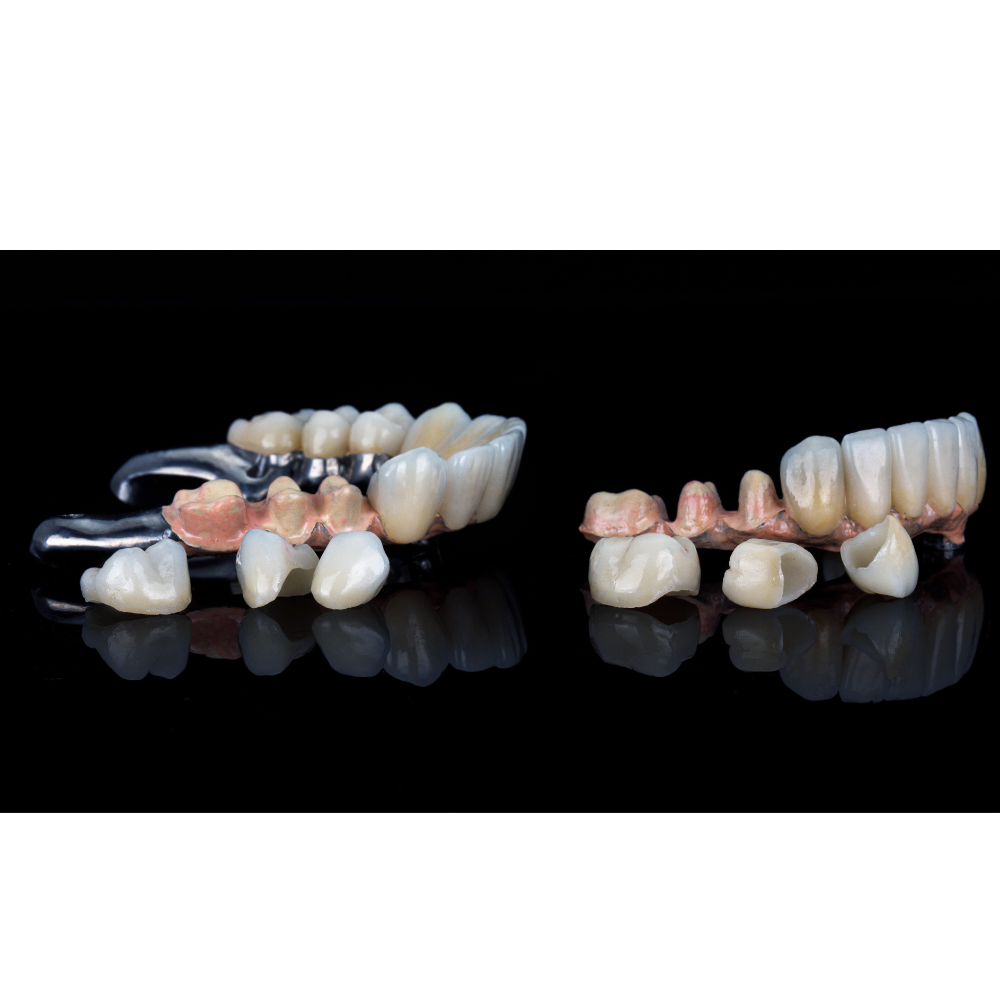How Often to Change Gauze After Tooth Extraction? | Expert’s Take
Gauze changes at the extraction site are a vital part of proper postoperative care. Consider it as a gentle guardian who guides you through your healing process. It is essential after a tooth extraction procedure to ensure optimal healing and minimize discomfort.
Your tooth extraction recovery will be smoother if you follow proper gauze-changing practices, which support the healing process and reduce the risk of complications. Now that we understand the importance of changing gauze after tooth extraction, let’s discuss what gauze is and why it’s a crucial component of post-wisdom teeth removal care.
What is Gauze and Why is it Used After Wisdom Teeth Removal?
Gauze is a soft, spongy fabric used to control bleeding after wisdom teeth removal. It promotes blood clot formation and promotes healing, by applying gentle pressure. Gauze also works as a barrier and protects your surgical sites from external contaminants.
During recovery, its soft texture minimizes discomfort and irritation to the delicate gum tissue. Must understand the frequency of gauze changes after a tooth extraction to facilitate proper healing and minimize discomfort.
How Often to Change Gauze After Tooth Extraction
After tooth extraction don’t change gauze packs more frequently than every 2 hours for optimal healing. However, if the gauze is heavily saturated or contaminated, then you can change it before 2 hours.
Frequent gauze changes should be minimized, as they can disrupt the formation of the blood clot and invigorate further bleeding.
When to Stop Using Gauze After Tooth Extraction
You can stop using gauze once bleeding has slowed down and a solid blood clot has formed after tooth extraction. You can remove the gauze after 24 or 48 hours.
You should stop using gauze once bleeding has significantly decreased or stopped altogether.
Here are some general signs you should look for if you need to stop using gauze yet or not.
- Minimal to no bleeding.
- Clear or pale pink saliva.
- Pain and discomfort subside.
- Swelling decreasing.
Signs to Keep Dentist Gauze On Pulled Tooth
Bleeding: If there is still bleeding from the site, it’s important to keep gauze on the pulled tooth to help control it.
Persistent Discomfort: If you are feeling discomfort or pain, it’s a sign that the area may not have fully stabilized yet. You should keep dentist gauze in place to alleviate discomfort by providing pressure and support to the area.
Excessive Saliva: Experiencing excessive saliva production or spitting blood is also an indication that the pulled tooth site is still actively bleeding, so a dentist’s gauze should remain in place.
Caring Tips After Removing Oral Gauze
- Avoid touching or poking the area with your fingers or tongue to prevent dislodging the blood clot.
- Take prescribed medicines to manage discomfort after the removal of oral gauze.
- Apply an ice pack to the outside of your cheek for 10-15 minutes to reduce swelling and pain.
- When removing gauze, must maintain good oral hygiene by gently brushing your teeth two times every day with a soft-bristled toothbrush.
- Rinse your mouth gently with salt water or prescribed mouthwash after meals to keep the area clean.
- Notice the signs of infection after removing oral gauze, such as increased swelling, persistent pain, fever, or foul odor or taste in your mouth. Contact your dentist if you experience any of these symptoms.
- Stick to a soft diet for the first few days after gauze removal to avoid putting pressure on the extraction site. Opt for foods like yogurt, mashed potatoes, smoothies, and soups.
- Avoid Smoking and Alcohol as they can delay healing and increase the risk of complications.
Why You Should Avoid Using Mouth Gauze As a Permanent Solution
Avoid using mouth gauze as a permanent solution after a dental procedure. Long-term use can build infection by trapping bacteria and hindering appropriate healing.
Regularly using gauze can also cause irritation and discomfort to the surrounding tissues which leads to complications like dry sockets. Permanently relying on gauze limits your oral function and can impact your daily activities.
Complications of Prolonged Usage of Gauze After Wisdom Teeth Removal
- Prolonged usage of gauze can cause irritation and inflammation to the surrounding gum tissue, potentially leading to discomfort or even sores.
- It increases the risk of developing a dry socket, a painful condition where the blood clot is dislodged prematurely, exposing the underlying bone and nerves.
- If you depend on the gauze for a long period it will restrict normal oral functions like speaking, eating, and drinking, which can directly impact daily activities and quality of life.

FAQs
Should I keep gauze in my mouth overnight?
No, you should not keep gauze in your mouth overnight after a dental procedure. Long-time use of gauze can lead to difficulties such as increased risk of infection, delayed healing, and tissue irritation. So, remove the gauze on time, within the first few hours.
You should prioritize timely gauze removal which aligns with best practices suggested by dentists, to ensure your post-operative care is effective to a successful outcome.
Can I drink water with gauze in my mouth?
You cannot drink water with gauze in your mouth. The primary reason is gauze applies pressure to the extraction site to control bleeding and promote clot formation. If you drink water while the gauze is in place it can dislodge the clot and interfere with the healing process.
It is best to remove the gauze during drinking fluids. When you allow the pulled tooth site to remain undisturbed, it will help a smoother and more efficient healing process.
Can gauze cause a dry socket?
The gauze itself doesn’t directly cause dry sockets. But if you think of wearing gauze for permanent or for a long period after tooth extraction, it will increase the risk of dry socket by slowing down the healing.
To overcome the risk of dry sockets and ensure optimal healing, it is a must to implement a suitable duration of gauze usage after tooth extraction.
Can gauze pull out blood clots?
Yes, gauze can pull out blood clots if you don’t use it accurately. When you remove gauze from the extraction site, there’s a risk of dislodging the blood clot that forms naturally to promote healing. This can lead to complications such as dry sockets, where the basic bone and nerves are exposed. It can also cause pain and delay healing.




